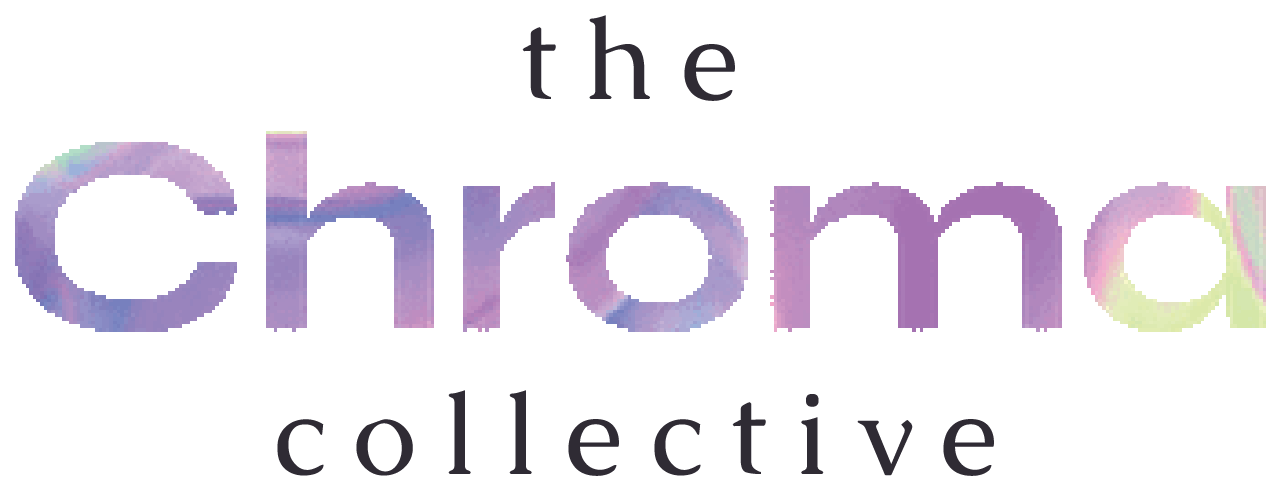
A once-lush expanse of wetlands in Brazil had come under pressure from local, Indigenous settlements. These marshlands, brimming with untold biodiversity and resources, had dwindled over the years. A bilateral funder, in collaboration with the national government of Brazil, embarked on a mission to revitalize these wetlands. Their goal was clear: to restore a piece of their traditional lands and ensure that the wetlands would once again provide natural resources for communities. However, the project did not engage with their regional gender office that had a relationship with Indigenous communities around these wetlands and understood the importance of this connection and their use and meaning to women in the community.
Traditionally, it was the Indigenous women who had a close relationship with these wetlands, relying on them to ensure nutrition, healing, and spiritual meaning for the community. They also had generations of experience providing reciprocal care to sustain this natural environment, intimately understanding its needs best.
As they set out on this journey, the funder and government made efforts to work only with men with whom they had existing connections, assuming they would be the most effective in this collaboration. They overlooked a critical aspect of the local ecosystem - the role of women and in particular, Indigenous women.
As men from non-Indigenous communities were primarily employed for the planting and regeneration efforts, they ignored and even presented danger to Indigenous communities, particularly women. As they encroached on Indigenous communities, deeply rooted discrimination played out in their harassment and violence toward Indigenous women. The presence of these men put Indigenous women in danger.
Indigenous women, who had a deep understanding of the wetlands and their significance, needed to be involved and valued in the planning and implementation of the project right from the start. Their unique perspective and expertise could not only have ensured that the wetlands were restored effectively but also that the benefits from the local ecosystem were preserved in ways that met the community’s needs. It was also essential to understand what could cause further harm and erasure of Indigenous women, who were already impacted by non-Indigenous male violence against themselves, their families, and their natural environment.
It was imperative to center and value Indigenous women in the planning and execution of the project. This would ensure that the restoration efforts protected the traditional benefits that women derived from the local ecosystem. With this inclusion, the project could achieve its intended goal of restoring the wetlands for the entire community, without disadvantaging any specific group.
Further, these men had no desire to listen to or value the experience of Indigenous women or their communities undermining the practices that had traditionally been used. All of this disrupted Indigenous access to a resource that had been an integral part of their lives for generations.
Wetlands Revived, Indigenous Women Further Erased: Contrasts in Restoration
Reclaiming a Lost Legacy
A Crucial Oversight: Indigenous Women
Unintended Consequences Emerge
The Missing Piece of the Puzzle
Lessons Learned Towards Inclusive Restoration


Wetlands
Indigenous Communities
Community Engagement
KEYWORDS
Biodiversity
Livelihoods
Food Security & Agriculture



Join the conversation on LinkedIn, and connect with a group of individuals and organizations that focus on the nexus of Gender and the Green Agenda.






